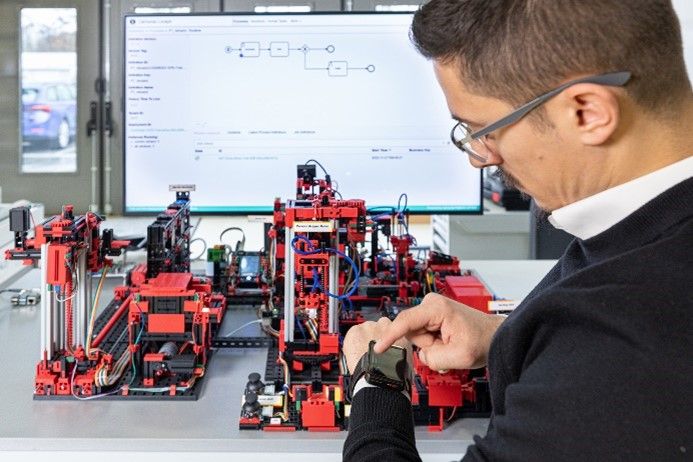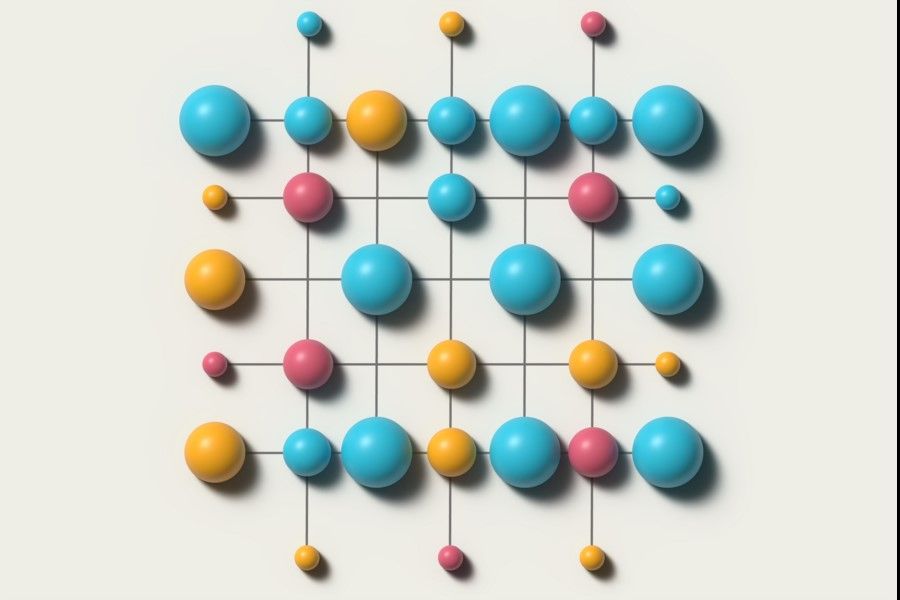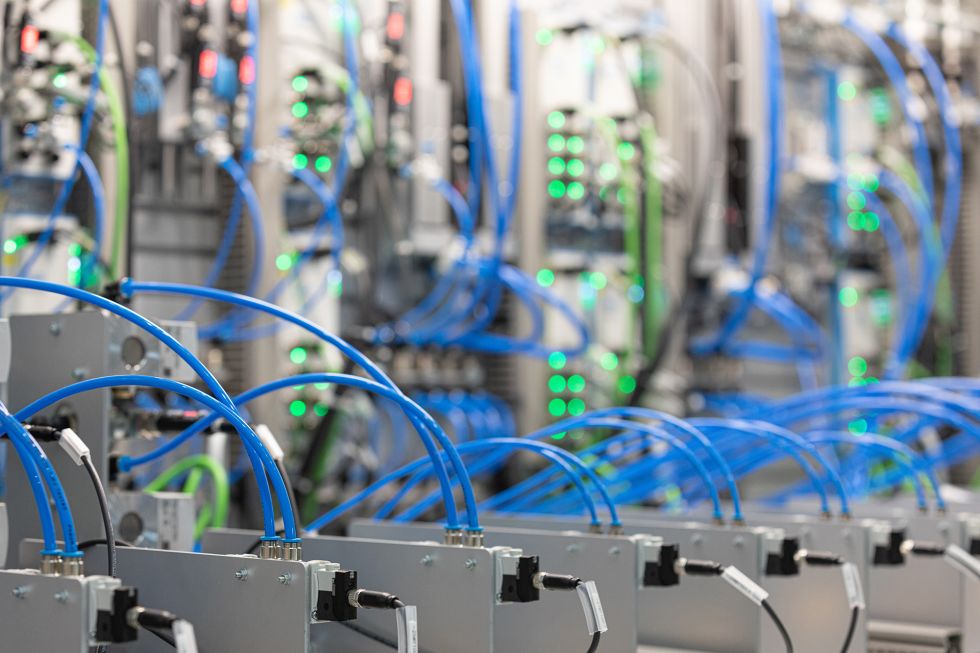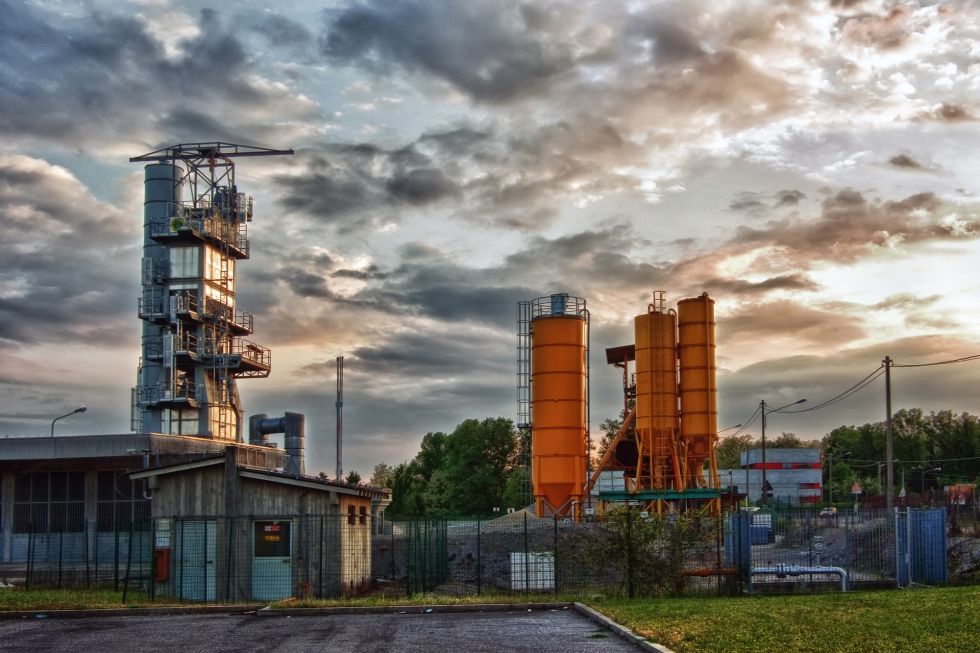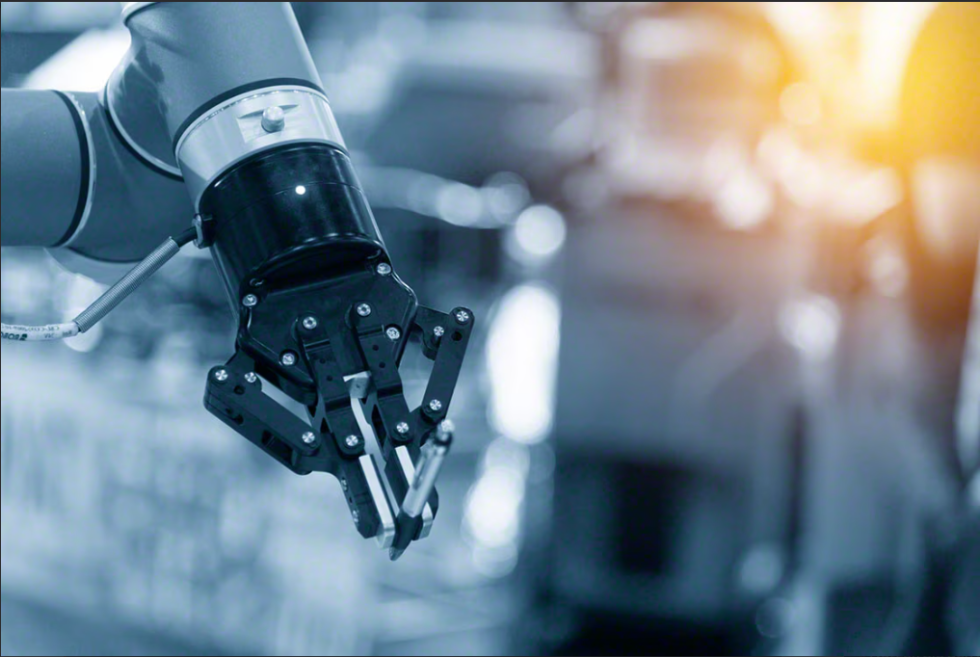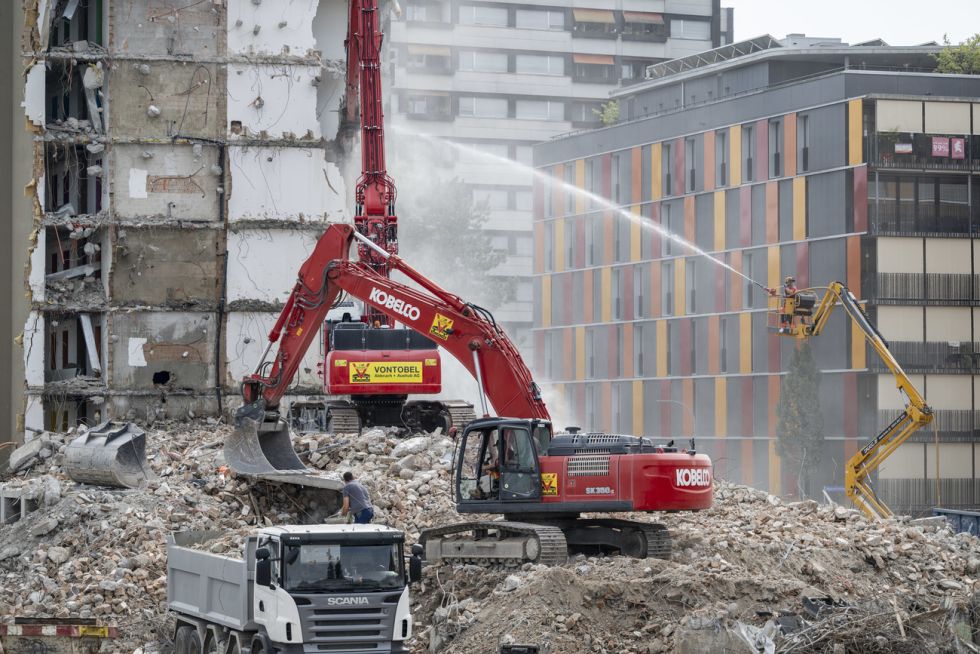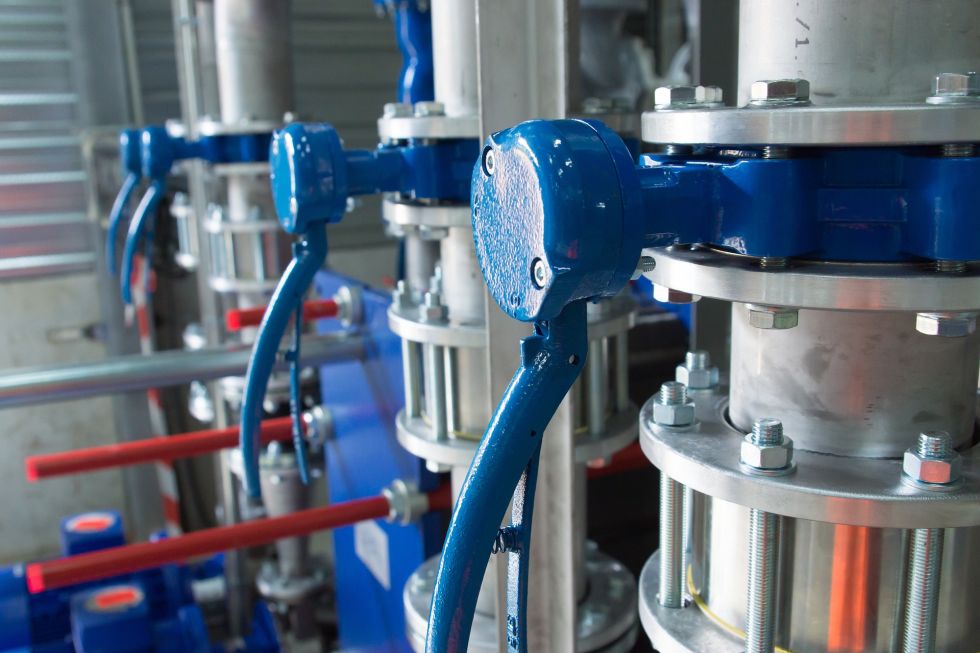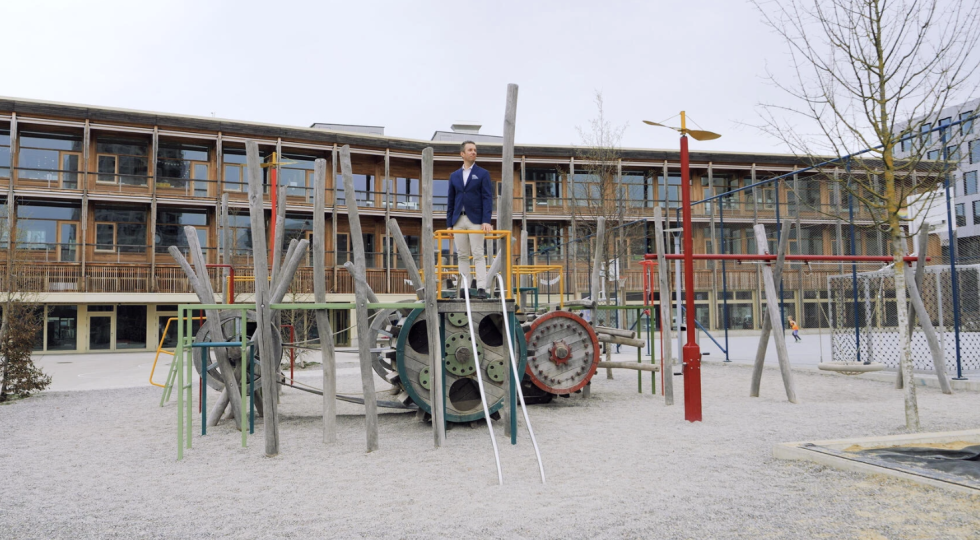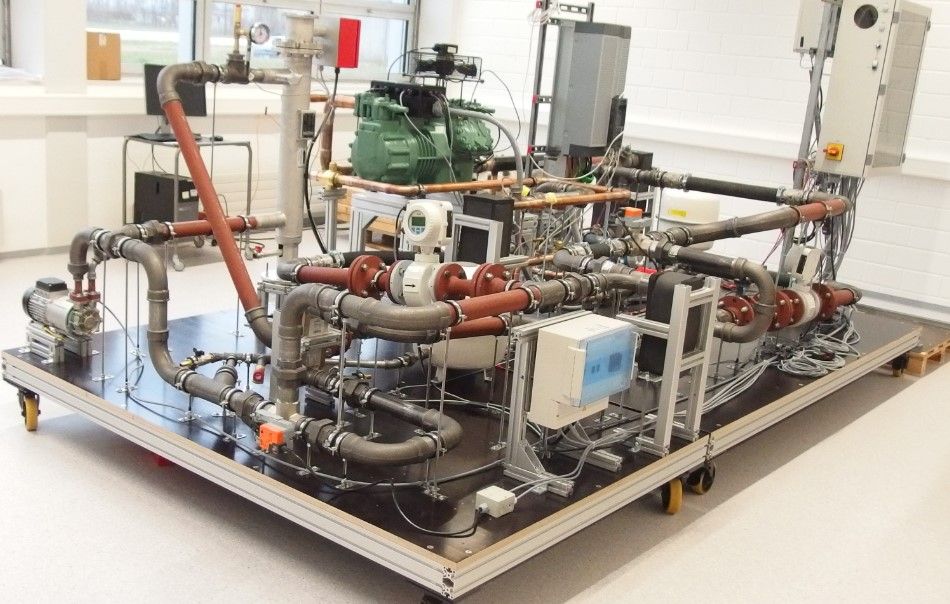Nanoparticles in iron ore as the key to green steel production
Adapted production process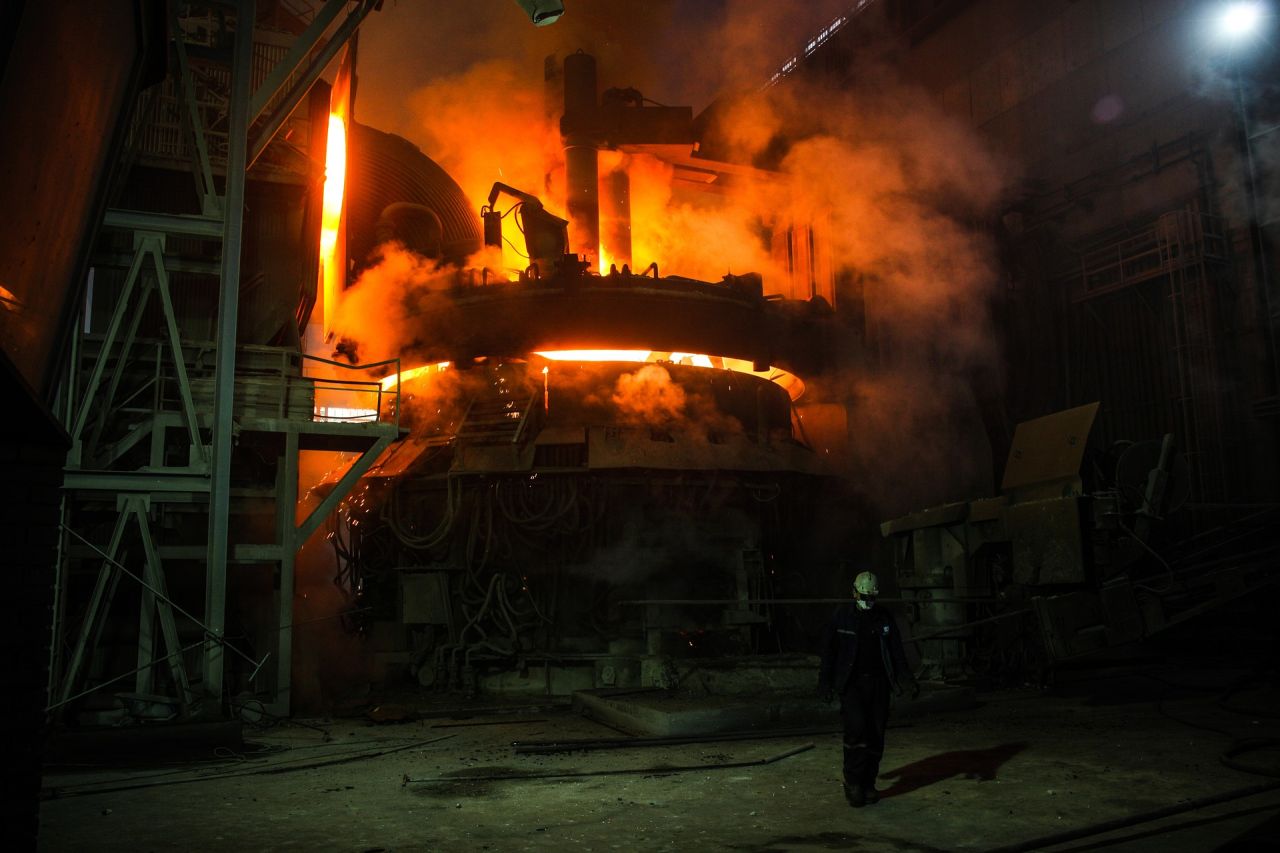
Nanoparticles reduce the efficiency of hydrogen-based steel reactors. The problem could be solved with an adapted production process.
Steel should become more environmentally friendly. This is why more and more engineers are turning to hydrogen-based steel reactors. The problem is that the use of hydrogen for steel production becomes less efficient over time, in contrast to coal-based processes. Until now, it was unclear why this is the case. A research team from Stanford University in the US has now investigated what negatively affects performance.
The key to this are nanoparticles in the iron ore. Under the high temperatures of the hydrogen reaction, they combine to form elongated, hairy structures known as “whiskers”. These clog up the reactors and reduce efficiency, which ultimately leads to failure and has made hydrogen-based steel production unattractive to date.
The critical step is apparently the conversion of wüstite (Fe1-xO) into pure iron. To avoid “whisker” formation, the research team recommends skipping the intermediate step and going directly from magnetite to pure iron. This discovery could have a major impact on the future of green steel production and drive the development of new processes in the steel industry.
